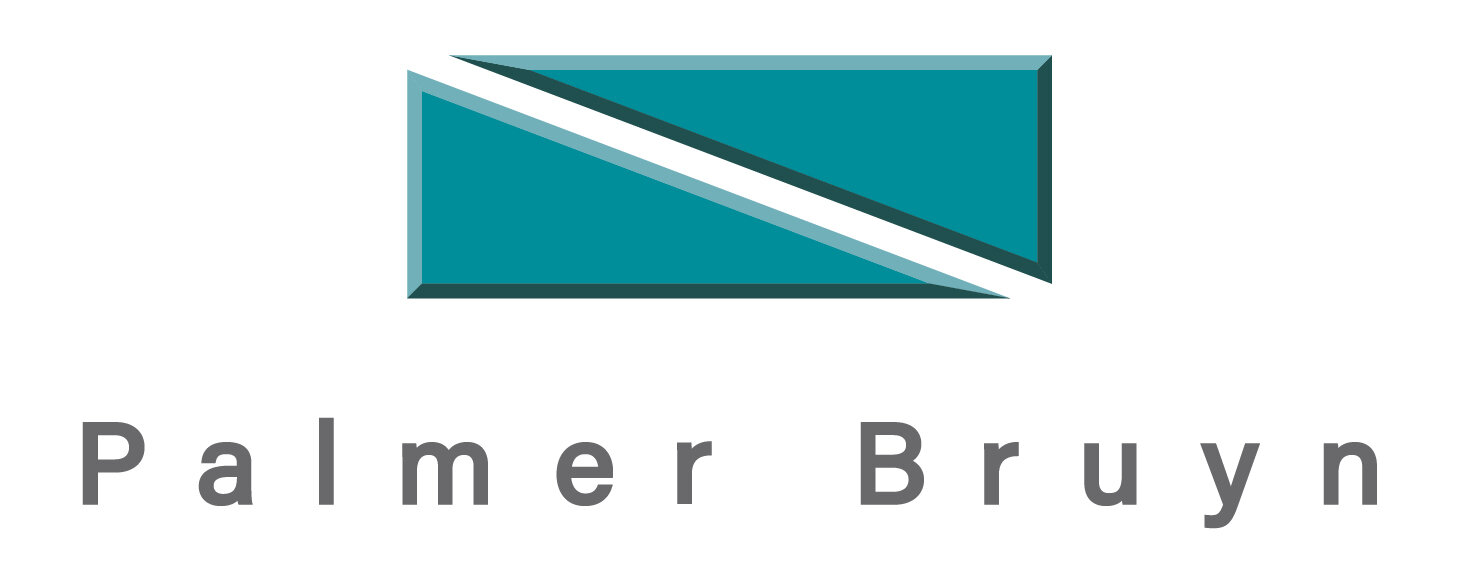Hunter Homes Hit a High
Author: Chris McNaughton
To avoid the calamity of VESPAs overrunning the Lower Hunter, we must ensure the quality, quantity,
and affordability of housing in the region. Sydney’s 650 suburbs sprawl about 60 kilometres to the south of its CBD, 70km to the west, and 40km to the north. Australia’s most populated city is home to an estimated 5 million people. They move in and out every year, but the number of newcomers to Sydney historically exceeds those heading out. But that is about to change. Virus escapees seeking provincial Australia (VESPAs) are leaving Sydney in search of a tree-change, sea-change, selective-commute lifestyle. Which bring us to house prices. CoreLogic’s February national home value index shows they soared at their highest pace since August 2003. This included regional NSW, where house prices are booming. Taryn Paris’s excellent article in The Urban Developer, “Treechangers boost regional values in 2021” focuses on the rise of prices in urban regional centres. Of significance to Newcastle and the Lower Hunter, is its proximity to Sydney. Unsurprisingly, the train connection to Sydney is back in the news, as are development issues around the southern shore of Lake Macquarie.
The NSW Government’s 2020 Population Insights says the state’s population as of 30 June 2020 was 8.16 million, having grown by 76,700 (0.9 per cent) over the course of the year. One in three people in Australia live in NSW. The geographical land area of Greater Sydney is similar to that of the Lower Hunter. Martin Place to Church Street, Parramatta, is the same distance as Hunter Street, Newcastle, to Vincent Street, Cessnock. Parramatta Road was first completed in 1811 and eventually, Sydney and Parramatta fused into a single urban area. I recall as a child in the late-1960s and early 1970s, car trips from urban Sydney-Parramatta to visit relatives in Bathurst. We would stop in Blacktown for morning tea. In the years since, Blacktown and Sydney-Parramatta have fused into a single urban area.
It is estimated Sydney’s population will reach 6.251 million by June this year, based on the average growth rate of 4.53 per cent over the past 10 years since 2011. There is nothing likely to impede similar growth in Newcastle and the Lower Hunter. And we’re beyond the debate about whether this should or should not happen. The discussion must be about the way in which this population is accommodated over the next 50 years.
The latest Australian Bureau of Statistics estimates project Australia's population to hit 42 million by 2066 and is likely to reach 30 million about the end of the next decade. The ABS presents three models: high-growth, medium-growth, and low-growth projections, based on varied factors such as the fertility rate, life expectancy and the migration rate. In the medium-growth model, Australia's population would hit 30 million in 2030-31, 35 million in 2043 - 44 and 40 million in 2058-59. By the year 2066, it would be 42 million. In the highest growth scenario, the population by 2066 would be as high as 50 million. The bureau also expects urbanisation to continue across the country, with every capital city to grow faster than its state or territory. It projects Brisbane will be a city of about 3 million people by 2027 and will for the first time contain more than half the population of Queensland, Australia's most decentralised state. Victoria will experience the fastest growth of any state. In the medium-growth scenario it would rise from 6.3 million to reach 12 million people by 2066, or 14.5 million in the highest-growth scenario. In the fastest growth model, Melbourne would overtake Sydney as Australia's biggest city as soon as 2031. In the medium-growth scenario that would happen a few years later, in 2037. The bureau made a number of different projections for NSW, which is expected to grow slightly slower than the rest of the country. In one scenario, in which net interstate migration away from NSW was lower, the population of NSW would grow from 7.9 million now to 15.5 million by 2066, and the population of Sydney would increase to 12 million. But in another scenario, in which the interstate exodus from NSW increased, the population would reach just 11 million by 2066 and Sydney only 8 million. When this happens, Newcastle will be counted in Greater Sydney. Not only will the Lower Hunter do much of the urban growth heavy lifting, it must. Using Sydney’s population growth projections as a model for the Lower Hunter, “Greater” Newcastle will have to contend with a vastly expanded population.
There are broadly three approaches we can adopt to face this scenario. One, the region can expand the area available for residential purposes. Two, it can increase the density of existing urban areas including smaller dwelling footprints and much more high-rise. Or, three, it can allow the existing scarcity to increase and make housing in urban centres around Brisbane, Sydney, and Melbourne the only asset class inflated in price. Regional Australia, especially the Lower Hunter, is now a place of aspiration. But Newcastle has the highest youth unemployment rate in the state. In attracting the knowledge and essential workers during this period, plans must include jobs for those already here. Thankfully, pandemic-induced social restrictions did not affect regional industries as much, and now there is a strong rebound in job vacancies in regional NSW. But if we do not create enough dwellings to match population growth, there will be constant significant upward pressure on prices in Newcastle and surrounds. We must adopt an amalgam of the three methods listed above, otherwise children growing up in our wonderful city and surrounds will be denied the opportunity of affordable home ownership and spend their time in despair dodging VESPAs. Chris McNaughton is a professional surveyor and land economist in Newcastle NSW and the principal of Palmer Bruyn, the oldest continually operating firm in Australia.
